Anyone visiting the museum at the moment will have seen that our £6m DCMS funded renovation of the Power Hall is certainly progressing. As you can see from this timelapse, the scaffolding around the building is finished and the temporary roof is in place so that work on the historic roof can begin.
What you may not know is the rich history of this building and why it’s such an integral part of our museum and the Liverpool Road railway site. When the gallery reopens, visitors will see the building restored to its former glory as an important goods shipping shed in the very early days of the railways.
Liverpool Road Station, now the site of the Science and Industry Museum, is most famous for being the oldest surviving purpose-built passenger station in the world. The passenger experience stole the headlines when the station first opened in 1830, but transporting freight like coal and cotton to and from Liverpool was actually the main economic driver for the construction of the Liverpool and Manchester Railway.
It was built with the aim of superseding the slow and busy canal and stagecoach links between Liverpool and Manchester and cutting by several hours the travel time for passengers between the two cities. Despite its popularity, Liverpool Road Station actually only transported passengers for 14 years, from 1830 to 1844. Demand soon outstripped the small experimental station, and passenger services moved to the much larger Manchester Victoria (initially called Hunts Bank). After passenger services ceased, Liverpool Road Station continued as an early, thriving railway goods station. Incredibly, it was still used as a goods station until 1975.
Timeline
Here’s a quick run through of this building’s unique history accompanied by some of the amazing archive photographs we’ve found of this special place:
1856
The shipping shed was built in 1856 by the London and North Western Railway as a railway goods transhipment shed for Liverpool Road Station, which had been operating as a goods station since 1844. The purpose of the building was to quickly move goods from train wagons onto horse-drawn carts for distribution around the city. For nearly 150 years, Liverpool Road Station was bursting with produce from all over the world, providing Manchester’s manufacturers access to a global market. This photo, found in the Railway Museum archives, shows the shed as a hive of activity in 1934:
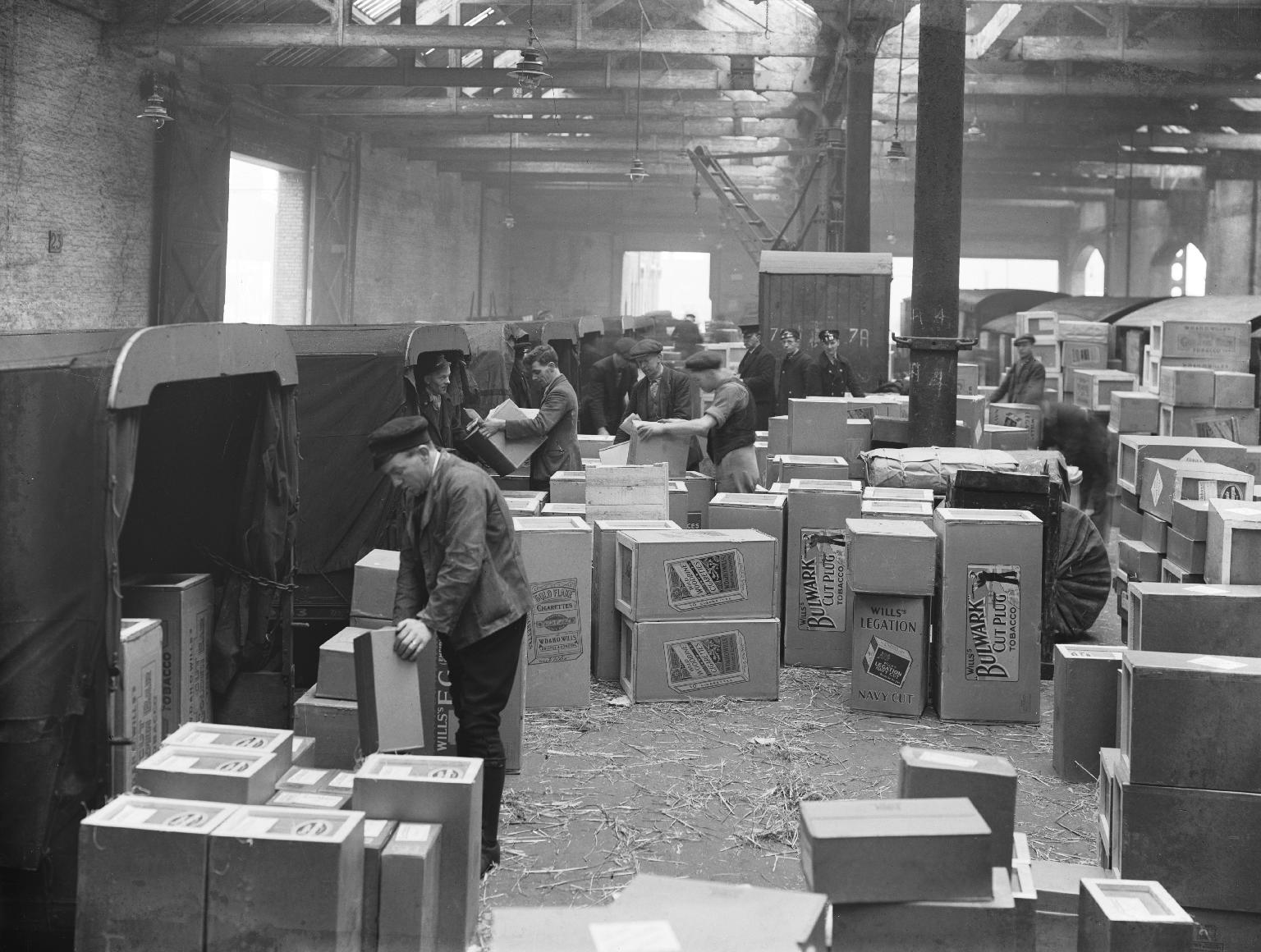
1880
Have you ever noticed the big metal structure outside the Power Hall? This is a gantry structure for powered cranes to move along. Designed to move heavy goods from one wagon or cart to another, the addition of the crane gantry shows how new technology was adopted to help cope with increasing demand at this busy goods station. The exact date of the crane gantry is unknown, but from maps, we know it was in place by 1881 and it was likely to have been erected shortly after the building of the Great Western Warehouse, now known as the New Warehouse and home to our main entrance, in 1880. This photograph shows how the gantry looked in 1982, seven years after the goods station closed.
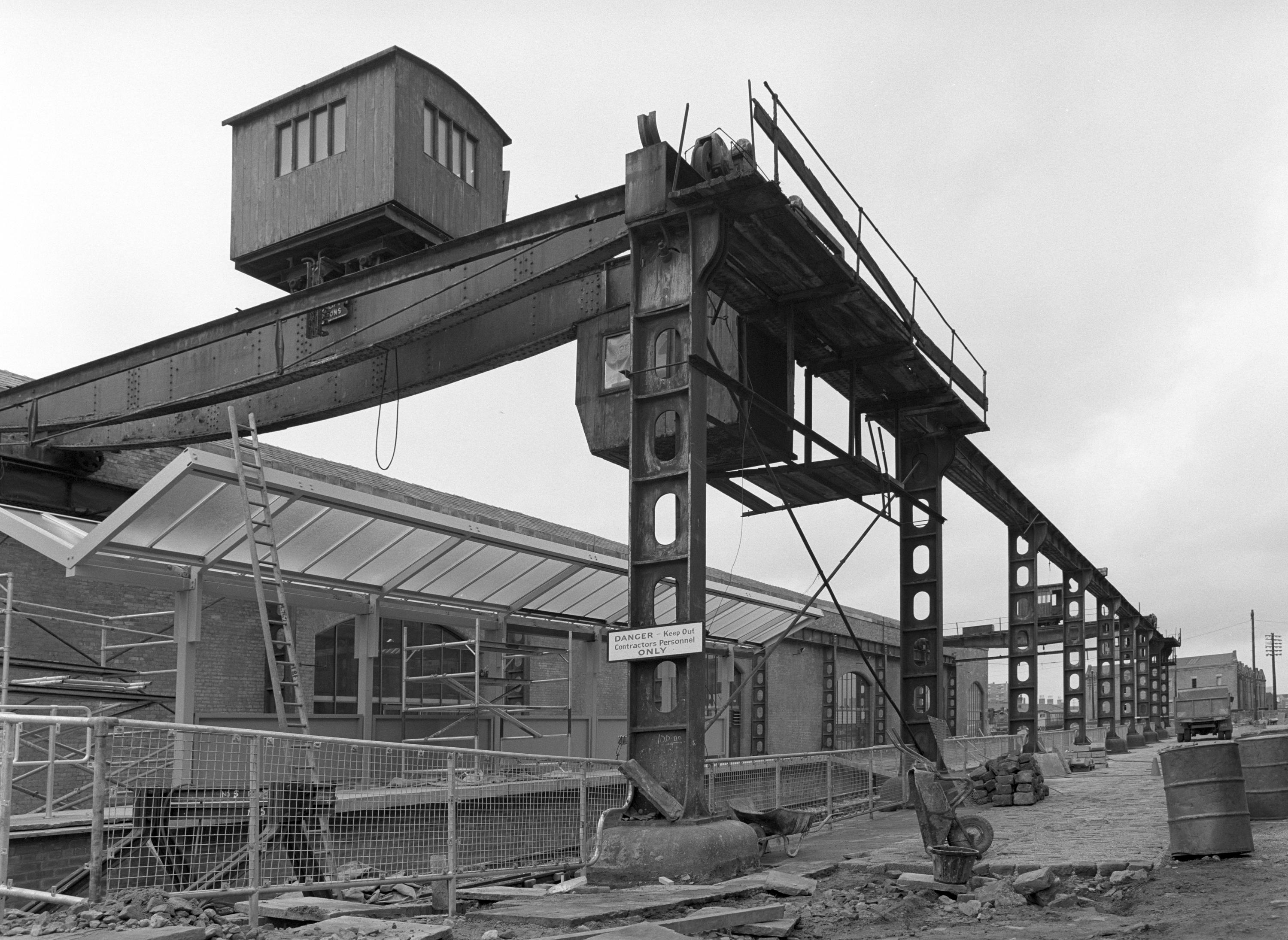
1975
Liverpool Road Station was closed by British Rail in 1975, having transported passengers and goods for an incredible 145 years. After closure, the site deteriorated, and the shipping shed became derelict. Here it is just three years later, in 1978, but its luck was about to change:
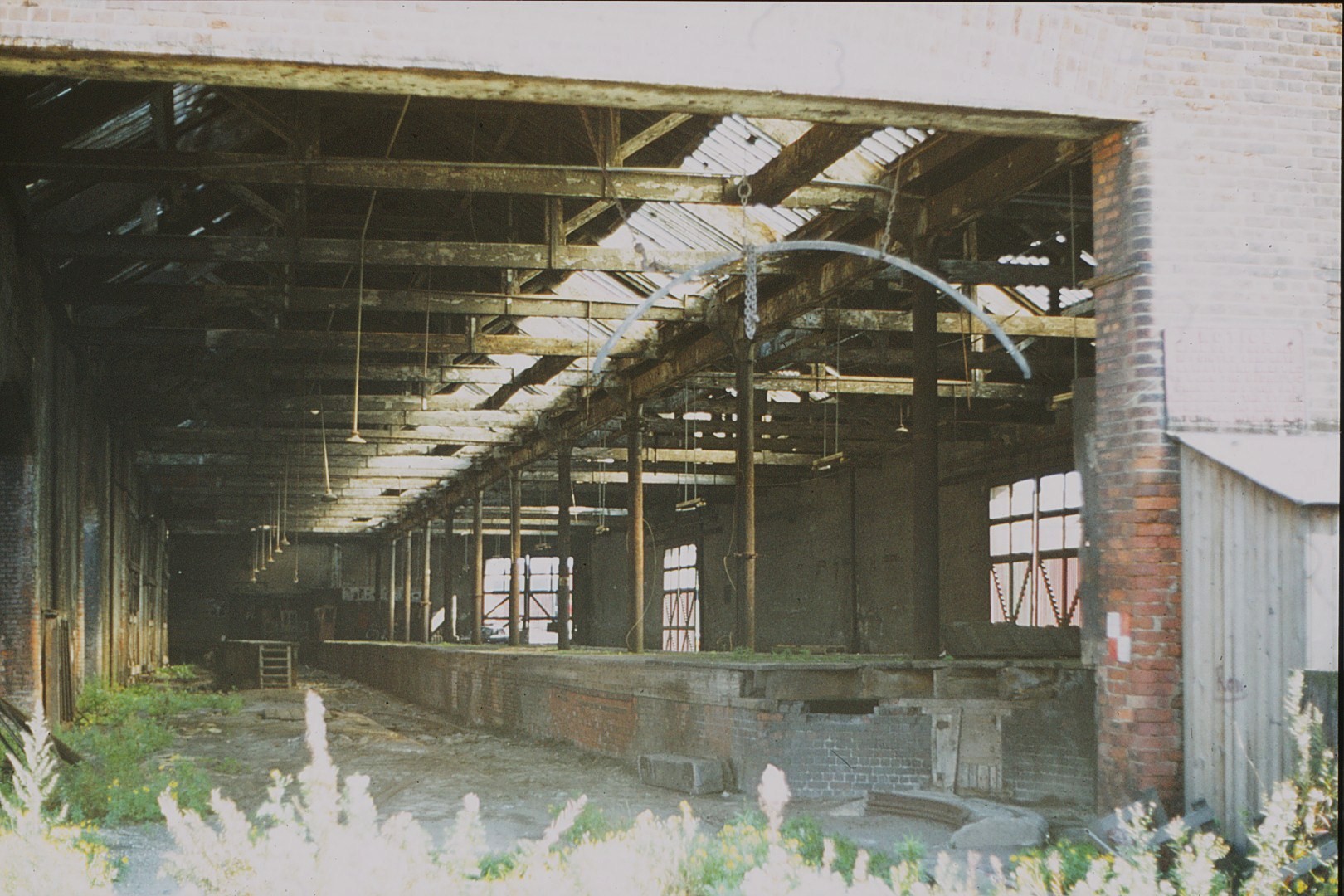
1978
That year, some pioneering heritage enthusiasts recognised the historic importance of the site, and the Liverpool Road Station Society was formed. They aimed to secure the safety of the buildings and ultimately restore them. Here are some members of the group taking a first look at the Power Hall:
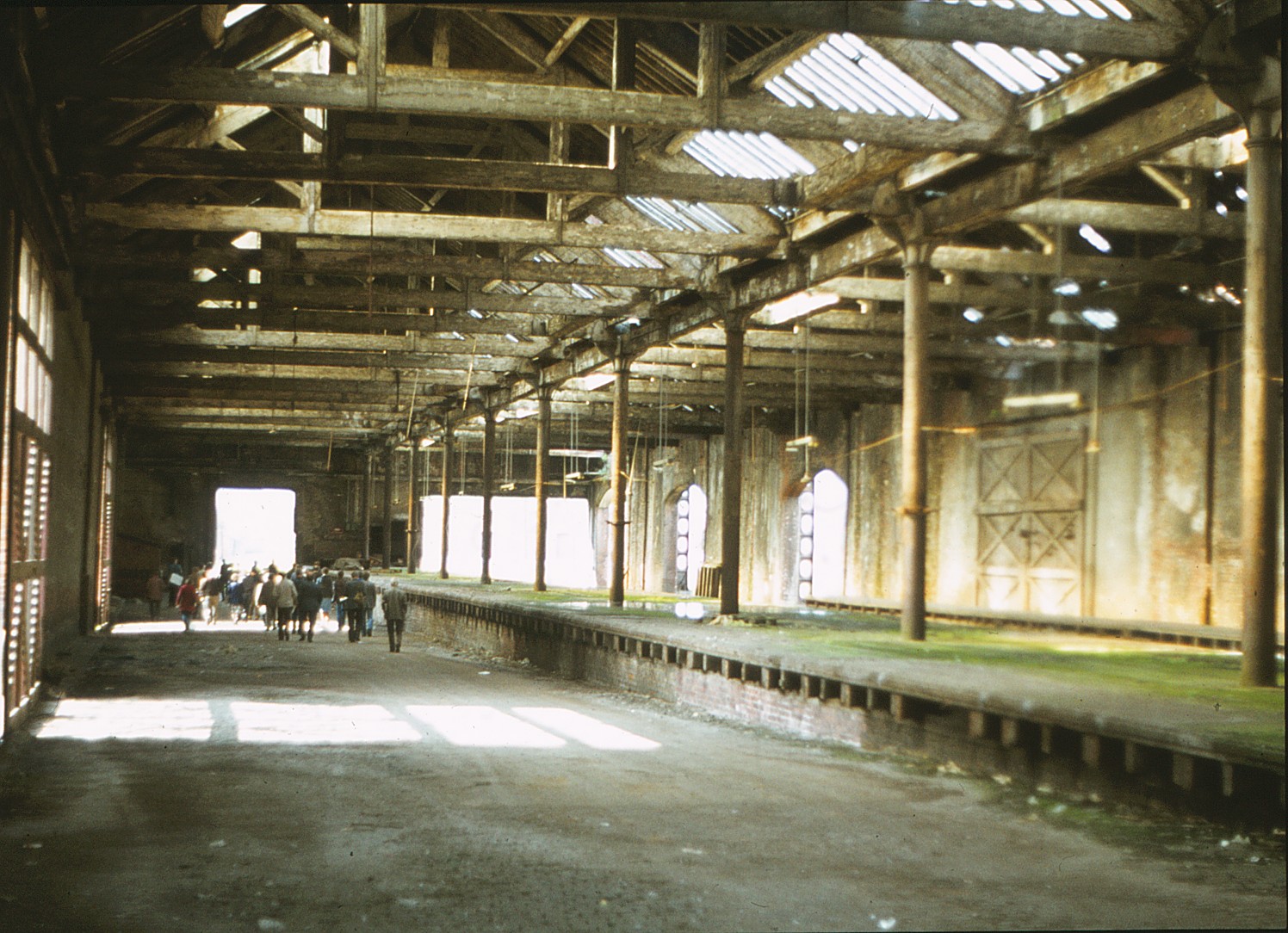
1980
The Great Railway Exposition in 1980 was a huge celebration of the 150th anniversary of Liverpool Road Station, and festivities focused on the shipping shed where many historic locomotives were brought together. The event signalled a new era for the site as a heritage destination.
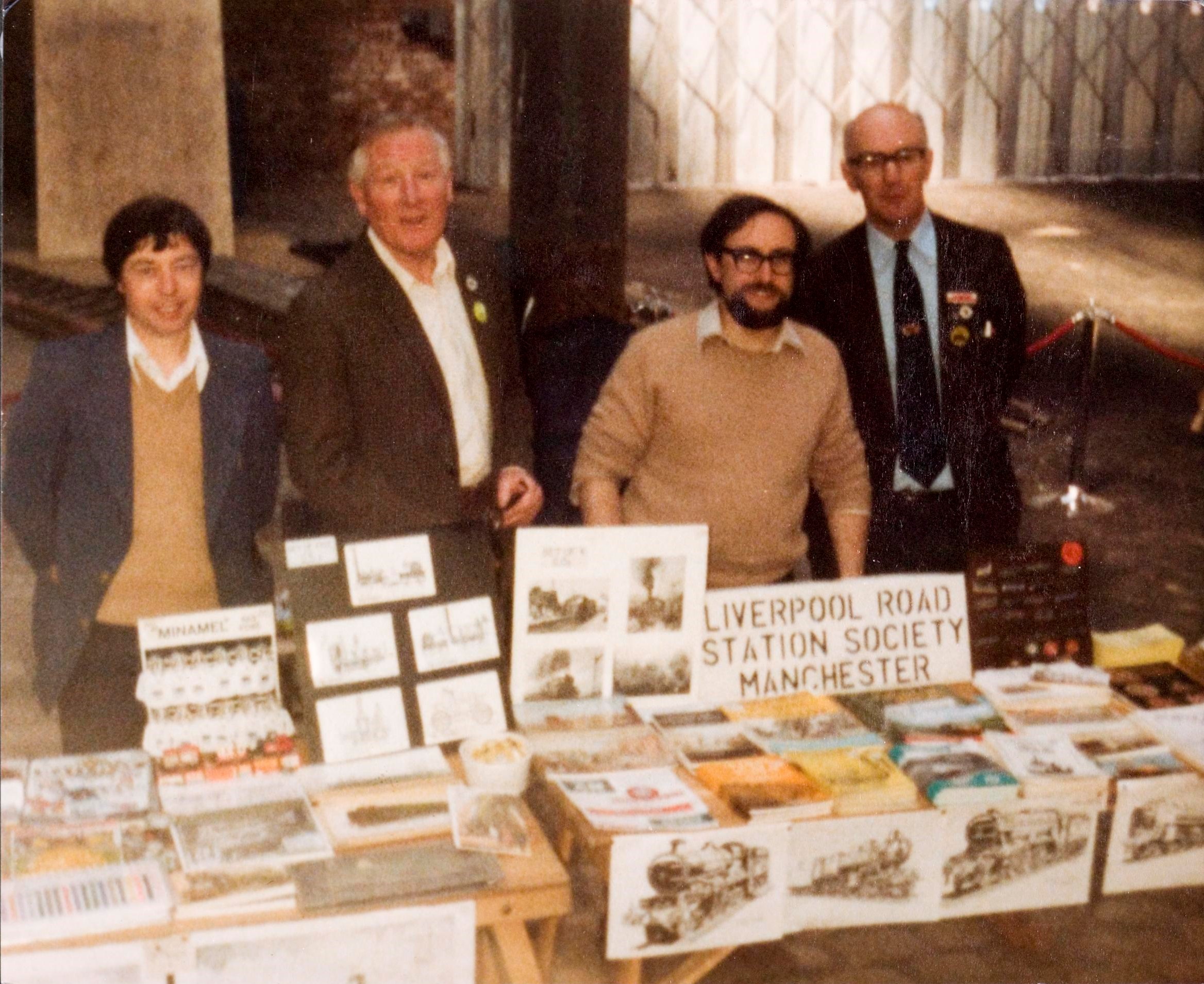
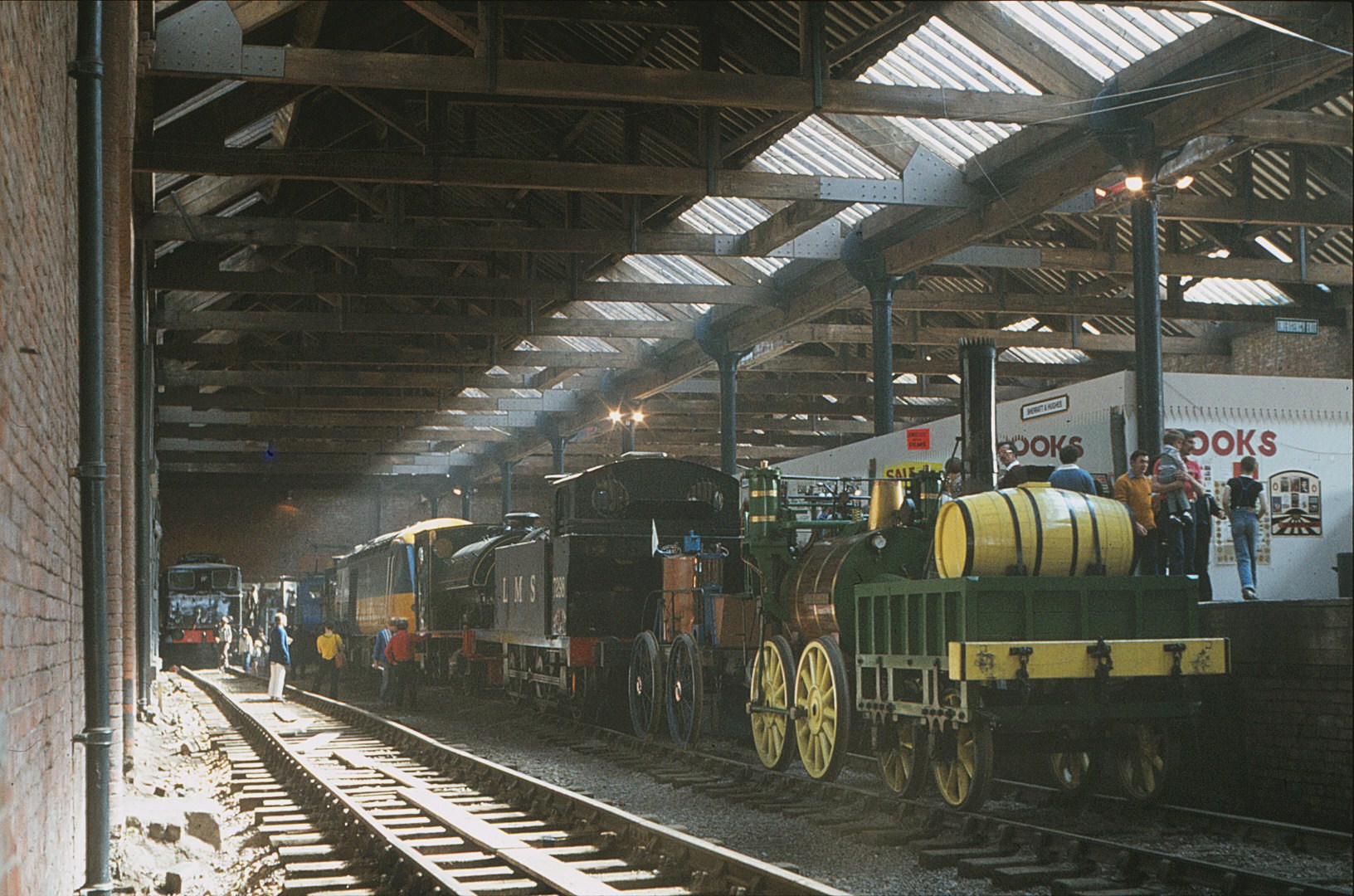
Over the next three years, the derelict shipping shed was transformed into the Power Hall of the North Western Museum of Science and Industry. As well as structural renovation works, other modifications were made such as the addition of strong concrete bases for the working engines that would soon go on display, and smooth paths for museum visitors to explore the displays. Here are a few images of the transformation in progress over 1982 and 1983:
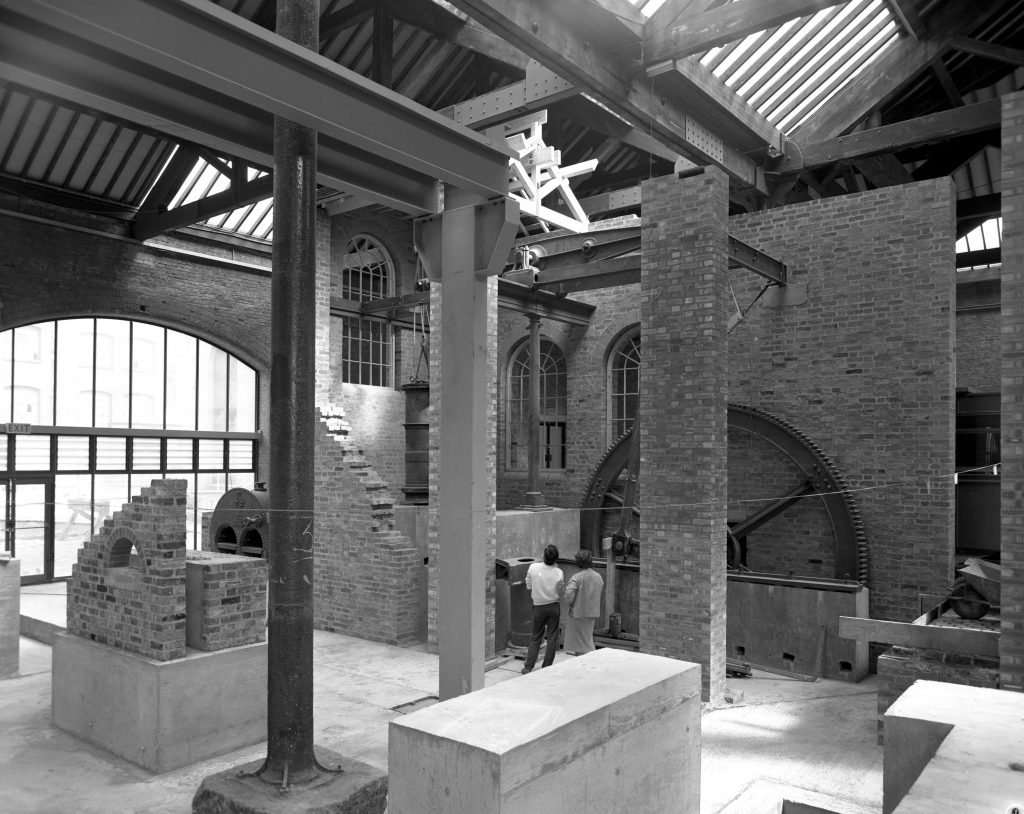
1983
In 1983, the Power Hall opened to the public, and became the first and one of the best-loved galleries in the museum. Home to a stunning collection of working engines, the Power Hall became a Manchester institution. It’s always been a very sensory experience. The clank and churn of engines, the hypnotic motion of a piston, the hiss of steam and the smell of oil often trigger fond memories for visitors who sometimes first visited the Power Hall as a child. The grand scale and brick walls of the shipping shed that houses the gallery have always been a distinctive part of the Power Hall experience.
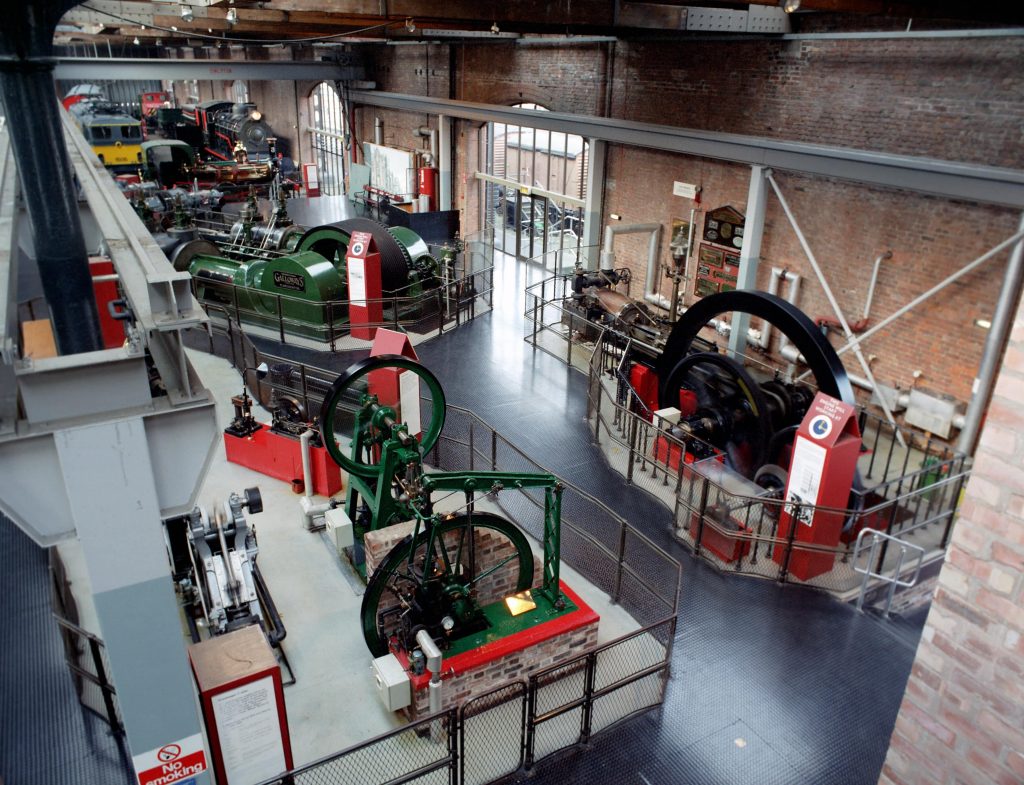
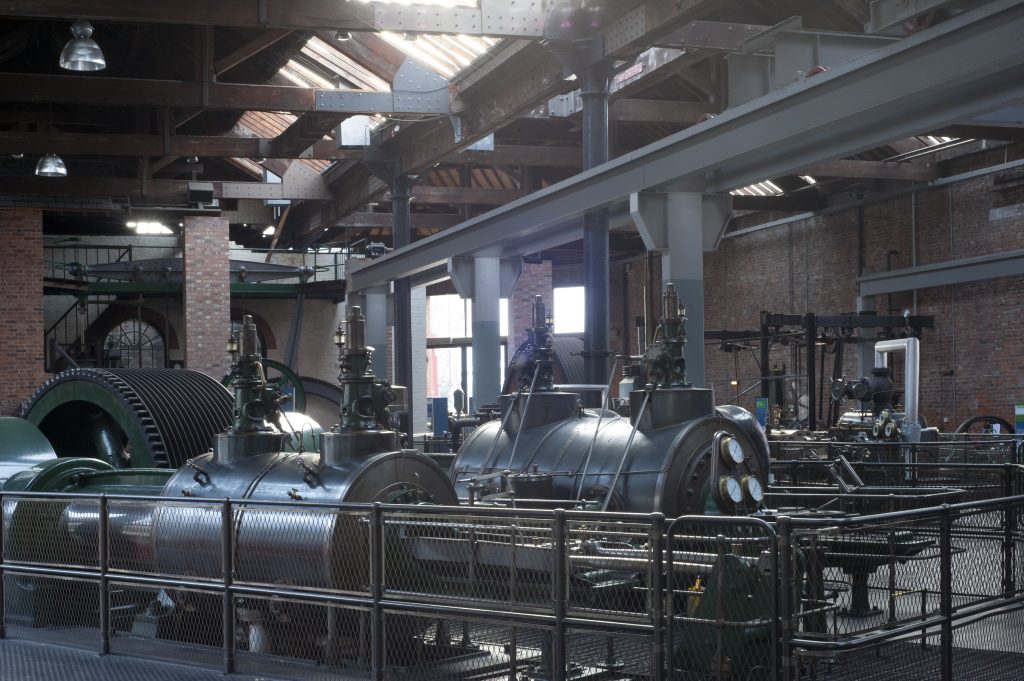
2019
Technical issues in 2017 meant that we lost steam and through numerous surveys, the Science Museum Group found structural issues within the fabric of the building that meant the whole gallery had to be closed to the public in April 2019.
However, later in the year we received the fantastic £6 million grant from DCMS, which will enable us to renovate the shipping shed, get our wonderful engines back in steam and reinterpret the gallery to create a fresh visitor experience. The work is no ‘quick fix’ though. The project comes with its own set of challenges for our team, whose work over the next few years will include everything from restoring the building and making the space and the machines more sustainable, to how to talk about a particular engine and what colour any fences will be.
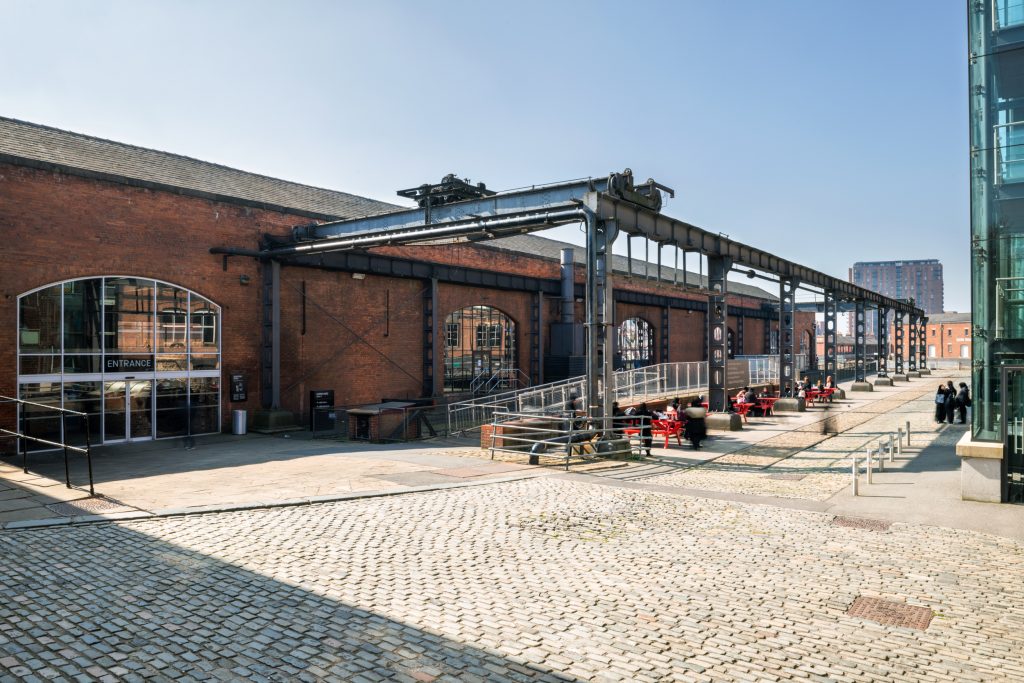
Our vision for this gallery is not only to renovate the building and get steam up and running again but to put people at its centre. It will tell the story of not only the engineering innovations on display but the men and women who worked with these engines every day; running whole factories, pulling trains across India, or kneading bread in a local bakery. The place will still be full of the engines and locomotives visitors know and love, springing back to life with all the noise and smells of the original shipping shed and the gallery the Liverpool Road Station Society and the Friends of the museum helped set up, but with new perspectives and human stories intertwined. We can’t wait for you to see it…
Watch this space…
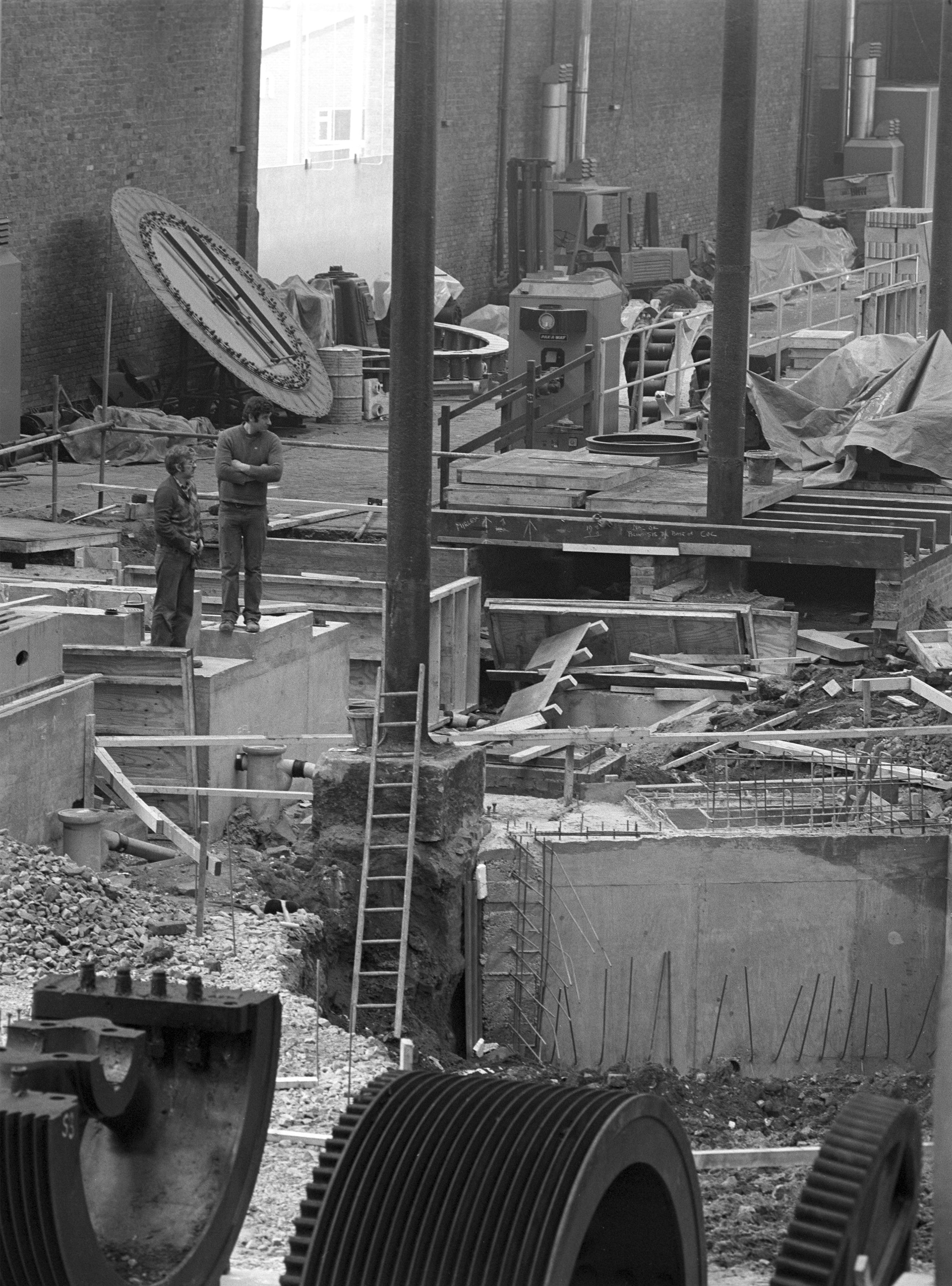
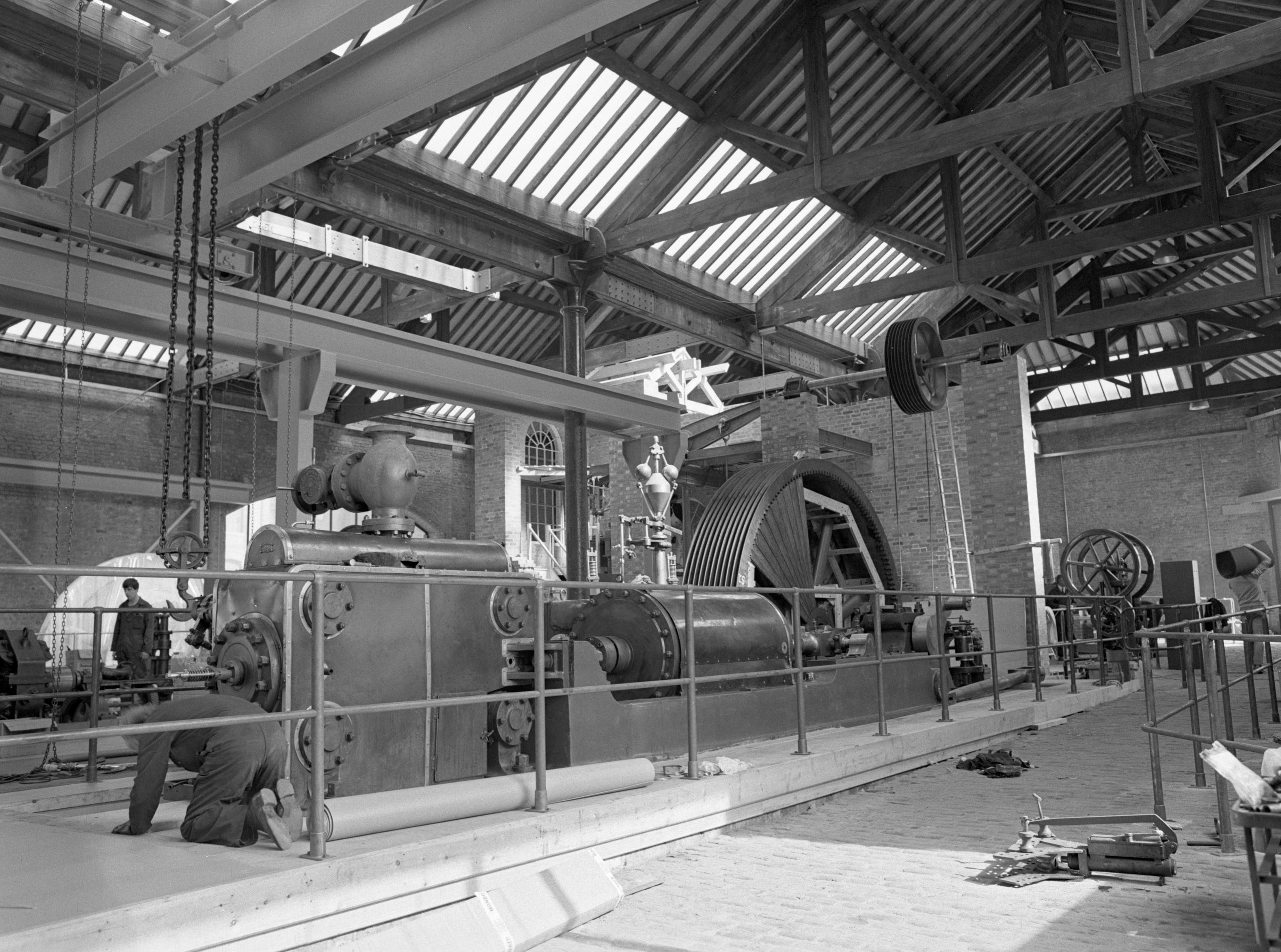
dear sarah read your blog on powr hall look forward to your talk at mrias. have got some slides of the empty power hall before mosi and also great railway exposition you might like to see sometime.